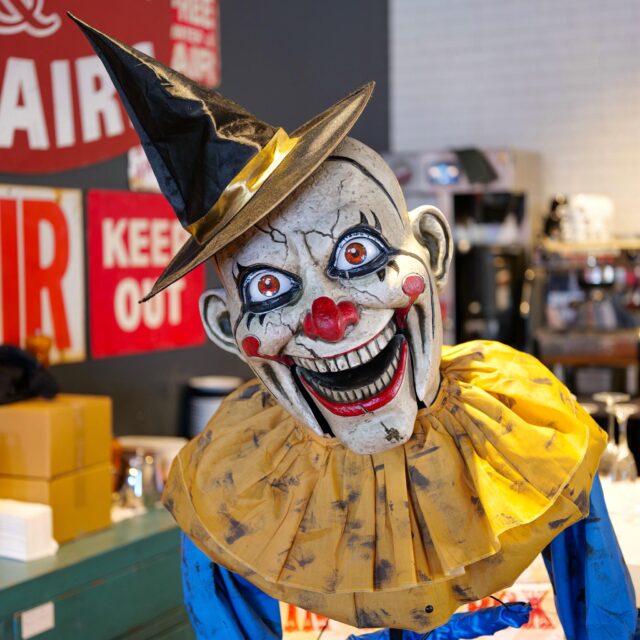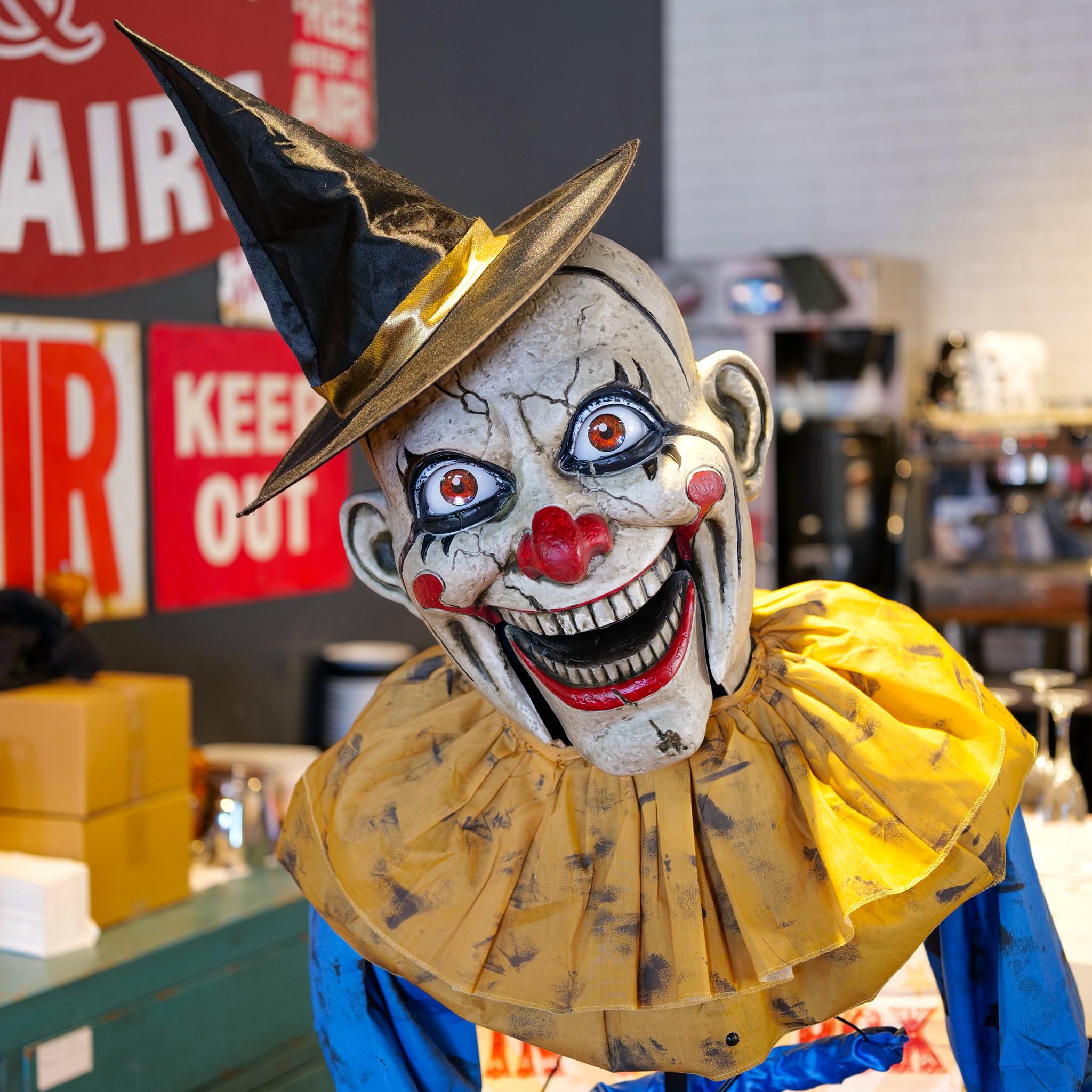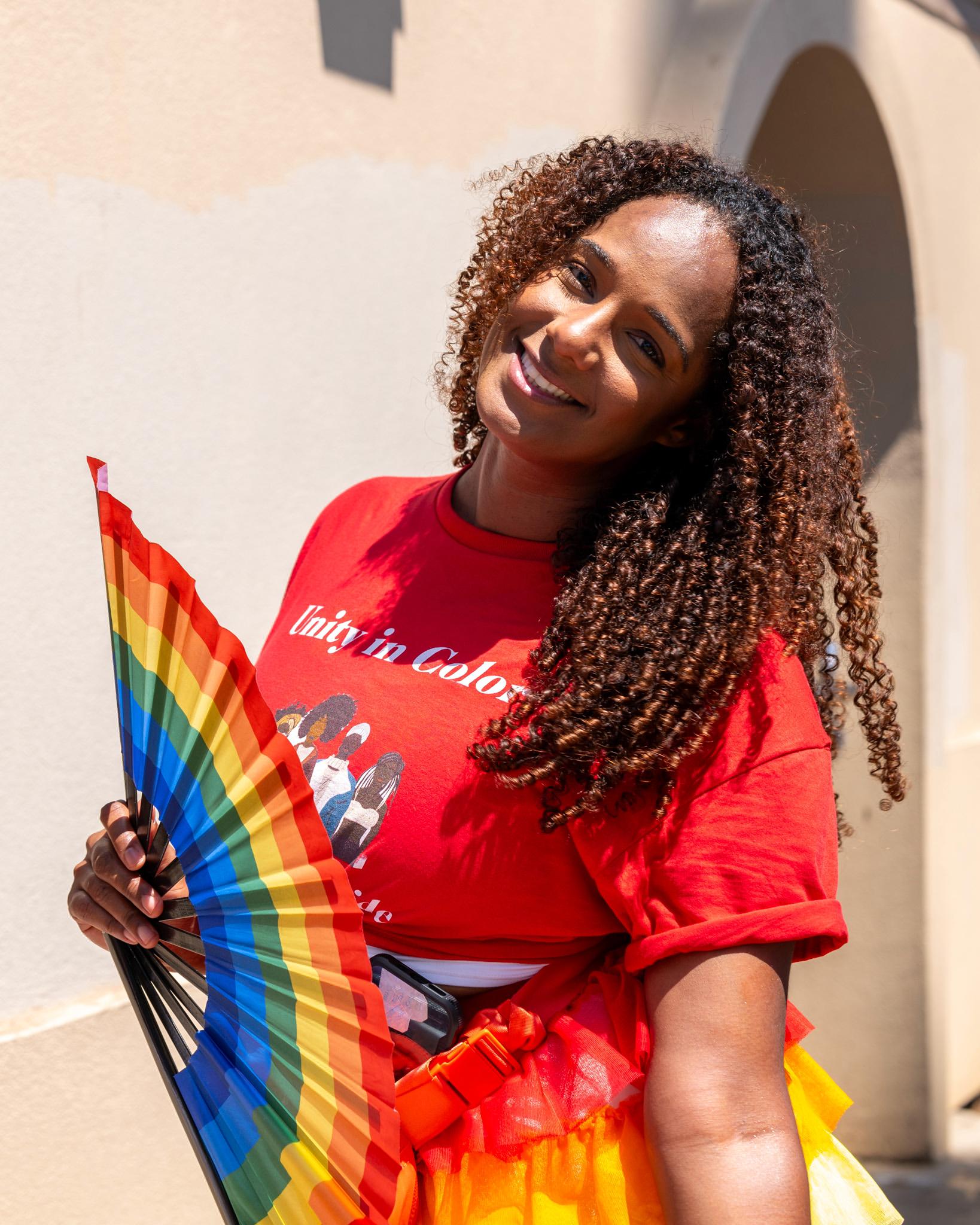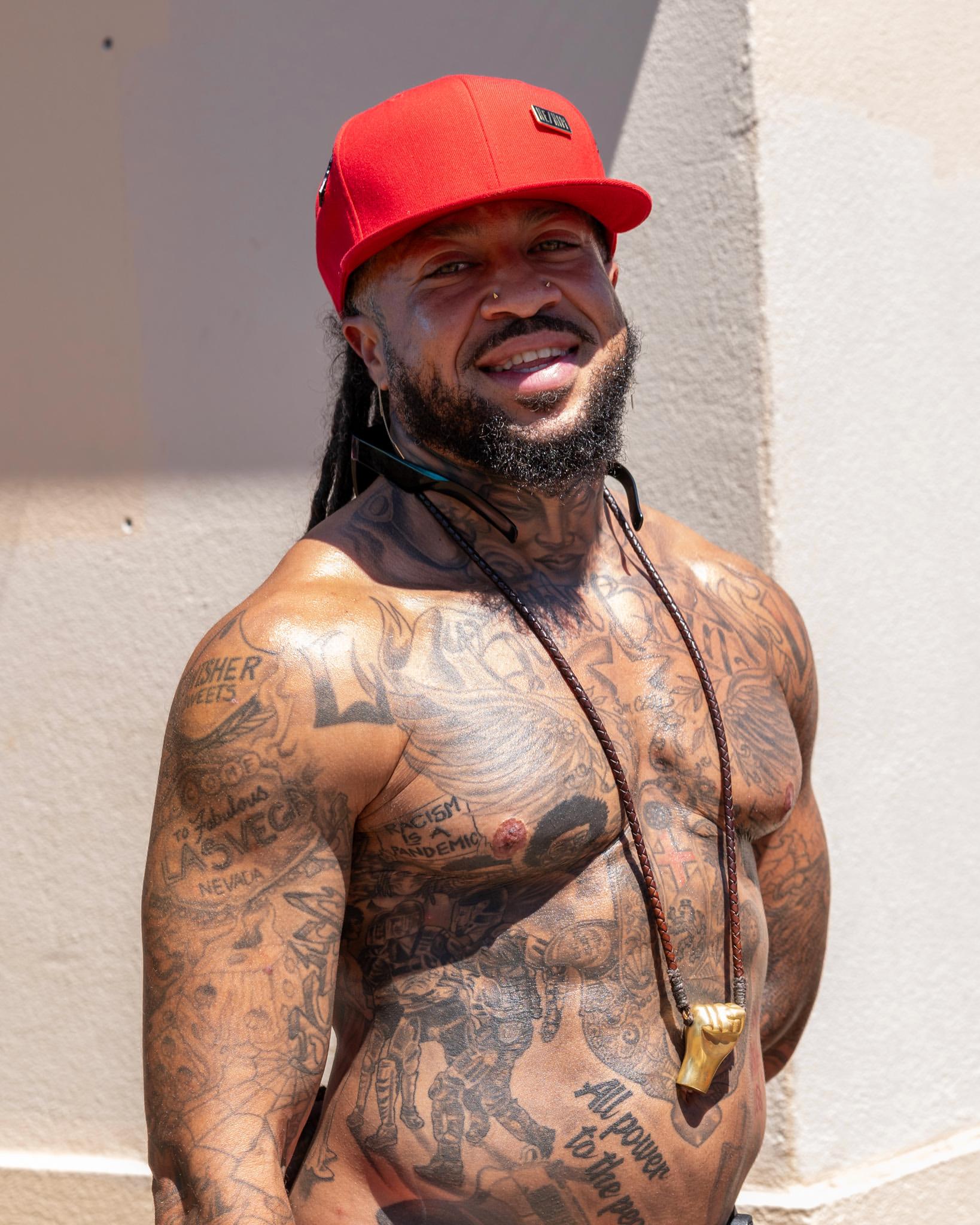If you are like most photographers, you own more than one lens. In fact, you might well own numerous lenses, covering a range of focal-lengths. Primes, zooms, wide-angles, telephotos: they come in all weights, sizes, and speeds. But, among your collection, might there be a favourite? Perhaps one that delivers incredible images? Or one with which you have an emotional attachment? Let me tell you about my favourite lens.
Macfilos features many stories about lenses. Who doesn’t love to read about a lens they might add to their collection? Or even about an exotic lens they would never consider buying?
Building a lens collection
I suspect few people start their photography journey knowing exactly which lenses they will eventually own. My lens collection has grown ‘organically’, as my photographic interests have developed. As the owner of, initially, L-Mount cameras and, more recently, an M-Mount camera, my collection encompasses these two major categories. Within each, there are some great lenses.
Picking a favourite was therefore not easy. There are so many factors to consider. But, when push came to shove, I chose my Leica APO Summicron SL 1:2 50mm ASPH.
I had decided to enter the L-Mount world via a Lumix S5. I still love that camera, and the excellent 20-60mm f/3.5-5.6 kit lens that came with it. But when it came time to add a second lens, I thought a 50mm prime would be the way to go. Isn’t this one of the most popular prime focal lengths to select when moving on from a kit zoom? And, of course, fifty years ago, before zooms became the default choice for kits, the humble “kit” 50mm prime was king.
So, which 50mm L-Mount prime should I pick? I bought an L-Mount camera with a view to eventually acquiring Leica lenses. So, here was my chance to do just that.
I quickly identified the APO Summicron SL 1:2 50mm ASPH as a possible choice. And when I read Jono Slack’s review of this lens, and saw the stellar images he had taken with it, I decided this was the one for me. I found a used example in pristine condition at the Leica Store Soho, in New York, and bought it. Checking current availability, I found a used one advertised in excellent condition for just over $3,000.
My favourite lens
The lens is a classic example of Leica minimalism. It has just a focus ring and a single number (50, of course) on its metal barrel. Its weight caught me by surprise. I knew beforehand that it came in at over 700g. But in my hand, I marvelled at its impressive heft and incredible build-quality. I found myself contemplating all the exotic glass elements lurking inside.
It turns out, I was holding what some people consider to be the best 50mm lens ever produced. Talking of hyperbole, one commentator referred to it as perhaps the world’s best lens – full stop!
It certainly has a sophisticated optical design, which Jono discusses extensively in his review. In autofocus mode, on my SL2, it finds focus rapidly and the results are great. If the subject is motionless, and I have time to use manual focus, it delivers exceptionally sharp results.
I use my favourite lens primarily for informal portraits. For people-centred events, such as a recent Pride Parade I attended, it’s the only lens I would take. I have included a few example shots throughout the article.
APO-Summicron line
I understand that the other lenses in the APO-Summicron line, such as the 35mm, are also superb. Here is an overview of the series, and this particular lens. But, I think I will stick with my 50mm.
I hope other contributors will consider posting an article about their favourite lens. I would be fascinated to read how they made their choice, and see examples of the images it delivers. Like this article, it does not need to be long. Why not give it a whirl?
Want to contribute an article to Macfilos? It’s easy. Just click the “Write for Us” button. We’ll help with the writing and guide you through the process.












Thanks Keith,
These events are an absolute blast. My wife and I live less than two blocks from the start of the Chicago Pride Parade. There is always a lot of joy (even when it rains) and plenty of exuberant characters who are happy to pose with their colorful displays of plumage, sequins, and magnificently decorated floats.
The Q3 is my trusty servant!
Hi Jon, I would say ‘joy’ was the hallmark characteristic of the parade I attended. It was a joyous occasion, with everyone having a great time, and, as you say, very happy to pose for photographs. I shall certainly try to make it again next year. Cheers, Keith
Well, I found – after looking at a huge number of my photos – that my favourites were taken with a 21mm lens (..on 35mm film or a ‘full-frame’ 24x36mm sensor). So I’ve accumulated several (many?) different 21mm lenses over the years to try to find out which I like, or prefer, the best.
Some give a fair bit of vignetting around the edges ..but that’s not necessarily bad – it can draw your eyes to the centre of the picture. Some deliver more contrast than others ..though sometimes, a little LESS contrast may better suit a ‘dreamy’-style photo.
Some are somewhat sharper than others, some are smaller, or lighter, than others. Some have more ‘throw’ – focus adjustment – than others, which can be useful, or not, depending on whether you’re shooting wide-aperture close-ups (..and need really fine focus adjustment..) or small-aperture photos at infinity (and don’t need that amount of fine adjustment).
So it’s horses for courses, and I don’t have a particular favourite ..as long as it’s a 21mm – or 20mm – lens. Here are a few I regularly use..
20mm ‘Russar’ (Russian-made) f5.6 Leica screw fit. Can be used on M-mount cameras with an ordinary Leica-screw-to-bayonet (one millimetre thick) adaptor. But as this is an old-style ‘non-retrofocus’ design, it protrudes as far into the camera body (about 19mm) as it (minimally) protrudes outside, so it can’t be used with the M5 film or CL film cameras, because the rear of the lens fouls the swinging-arm light meter on those cameras. It’s also not too good on digital cameras, because light from the very edge of the lens comes in at a steeply slanting angle, and so doesn’t traverse the filters on the front of digital sensors very well, thus giving slightly blurry, and vignetted, picture edges. Great on film cameras, though, as (..excluding Kodak ’T-Max’ film..) most film has light-sensitive particles distributed at wildly different angles in the film emulsion, and so it easily catches light at whatever angle it emerges from the lens.
21mm ‘Super-Angulon’ f3.4 Leica bayonet lens. (Versions with a ‘safety’ cut-out on the lens mount – that’s from serial number 2473251 onwards – can be used with the M5, but not with the CL.) A great and nowadays pretty cheap (secondhand) lens, for both film and digital. Neat, compact and unobtrusive, but vignettes when wide-open on digital M cameras.
21mm Zeiss f2.8 in ZM Leica-mount. A bit ‘showy’ with that Zeiss chrome ring on the front (I painted mine black), but with handy short ‘throw’ for non-close-up shots, and with the superb contrasty Zeiss ’T*’ anti-reflection coating. Focuses down to 0.5 metres, so anything closer than 0.7m can only be focused using ‘Live View’ – or guesswork – on Leica M cameras.
21mm Zeiss f4.5 old-style 1950s anti-clockwise-twist Contax bayonet mount for old Contax rangefinder film cameras. Really excellent! (Occasionally found as third-party re-engineered into a Leica M-mount.)
21mm Zeiss f2.8 in Contax-G fitting (fits only the short-lived Contax G1 and G2 auto-focus film cameras). Brilliant! Incomparable at f2.8. (Sometimes found re-engineered into Leica M-mount.) Also has the superb contrasty Zeiss ’T*’ anti-reflection coating.
16-18-21mm Leica ‘Tri-Elmar’ f4, for film and digital. Pretty much screamingly sharp 3-focal-length lens, with almost no vignetting. Quite a small and narrow lens, and very sharp out to the outer edges, but with only that f4 maximum aperture. Focuses down to 0.5 metres, so anything closer than 0.7m can only be focused using ‘Live View’ – or guesswork. (The 16mm position becomes a 21mm equivalent lens when used on the APS-sensor M8, but the lens actually covers the complete 24x36mm ‘full-frame’ sensor.)
21-35mm Konica f3.4 / f4 dual-focal-length lens. Physically broader lens than the ‘Tri-Elmar’, but also great, but with slightly more vignetting than the ‘Tri-Elmar’ on digital, not film.
21mm Avenon or Kobalux f2.8 (same lens, but sold under different names). Physically wider than the Konica, but lighter weight, as it seems to be made of aluminium. Great ‘cheapo’ sharp 21mm ..at least mine is.. but with a bit of edge blur and vignetting. Best results on an M camera using the coding for a Leica 21mm f/2.8.
Finally; 21mm Leica f2.8 ‘Elmarit-M’ Aspherical from the 1990s; bitingly sharp, small and neat, short enough rear end to fit in the M5.
There are many other Leica own-brand 21mm lenses, from the 1950s to the present, with different apertures, different lens formulations, and different degrees of sharpness and contrast.
But I enjoy variety, so these – above – are the ones I use.
Kudos to you …a Pride parade turns out to be an excellent way to showcase what a lens can do! Great colors and details.
Is this parade a first for MACFILOS?
Not quite. I’ve done pix from the London Pride some years ago. But Keith’s are better of course!
Mike, thanks for the reference. Now 2013 seems a world away — andperhaps the Sony RX1 equally so!
That said — Spouse and I were married in 2014, so not that distant. Society and photography move on…
Many thanks Kathy! In addition to the colourful costumes, the fantastic thing about the Pride Parade, just like the Comicon convention I photographed yesterday, is that people are delighted to be photographed. No-one refused a request to photograph them, and in many cases were happy even to be repositioned for optimum lighting. It was great fun.
All the best, Keith
The Comicon should be really wild. I hope we get to see the photos someday!
I own the M-version. And also the 35/2 Apo-Summicron-M Aspheric. They are the two most perfect lenses I own, or have ever owned. Do I use them exclusively? No. Would I use them in situations where absolute image quality was needed?. Yes, hands down. I have.
Why I might preferentially use my LLL 50/2 ELCAN replica, or my anticipated LLL copy of my late-lamented 35/1.4 AA is difficult to articulate. I like the feel of these lenses, swinging the camera body into action. I like the almost-perfect “look” of the results, even knowing I could marginally “improve” somehow upon this by using the (heavier) Leica lenses.
Some have felt that these “perfect” Leica APOs have no character. I disagree. This may all be a mental health issue.😁 But today, when I take one body and one lens out on my walk-around, I don’t know yet which lens it will be. It could well be one of the APO-Summicrons. Why not? But why not something else? A week or two ago it was a 65/3.5 Elmar, and I did close-ups. More recently it is a 28mm from LLL that I am testing for review here. If I have an assignment, then I will choose what I feel is the best lens from my collection for that purpose. Maybe it will be a 75mm.
Don’t get this wrong. The APO-Summicrons are at the top of my list. Your article showcases the 50 well! But mostly it may be what we are most used to using comfortably.
Hi Ed, many thanks for reading and taking the time to share your thoughts on this issue! It sounds like you would find it difficult to pick out a favourite from amongst your impressive collection. It is not easy! In some ways, it is comparable to the challenge of picking out a favourite collection of records you’d like to have in your possession, should you find yourself stranded on a desert island.
I have come to appreciate the superb sharpness of my APO Summicron – when I can get the focus spot on. The detail it can reveal, particularly in skin texture, is extraordinary. I just used it again for a series of street portraits, and continue to be really impressed with its performance. I’ll post some further examples when I have a chance.
All the best, Keith
Thank you Keith. Appreciating your images.
I have enlarged about 1/4 of an image taken with my M10M and 35 APO Summicron up 12×18 inches without any loss of definition or sharpness. I could have gone larger. It amazes me, having grown up with the limitations of film. If I were using these APO Summicrons on Tecnical Pan, I might be amazed too. But likely not with TriX.
Our sensors on the new cameras are nothing short of amazing. It is like going from 35mm to 6×6, or even 4×5. That is partly why much older glass works so well too for modern images with them. Or at least some of them. There are limitations, and the APO Summicrons do not have such limitations for our intended uses.
Ed